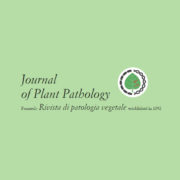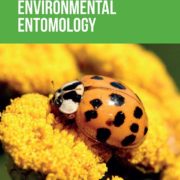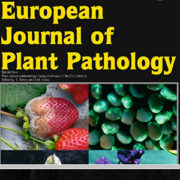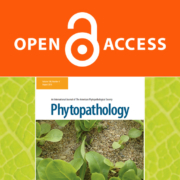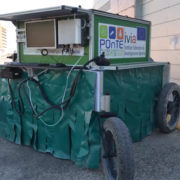Primers for both conventional and Real-Time PCR in diagnosis of ‘Candidatus Liberibacter Solanacearum’
ORIGINAL ARTICLE
K. Fujiwara1,2, T. Fujikawa1
1 Institute of Fruit Tree and Tea Science, National Agriculture and Food Research Organization (NARO), Japan
2 Kyushu Okinawa Agricultural Research Center, National Agriculture and Food Research Organization (NARO), Japan
Abstract
‘Candidatus Liberibacter solanacearum’ (Lso) is the only Liberibacter species pathogenic to the plants of the Solanaceae such as potato and tomato and Apiaceae such as carrot and celery. PCR-based assays are used for diagnosis of Lso infection. However, the primers were designed specifically for either conventional PCR (cPCR) or real-time PCR (qPCR), and these assays differ in sensitivity. This study describes the development of new primer sets that can be used for Lso diagnosis by both cPCR and qPCR. Six new primer sets were designed to amplify Lso-specific regions in the 3ʹ-terminal region of 16S rDNA. In cPCR assay, they amplified fragments of 145 bp (LsoLSS-F/LsoOI2-R), 187 bp (LsoLSS-F/Lso-1274R), 137 bp (Lso-972F/LsoLSS), 178 bp (Lso-931F/LsoLSS), 302 bp (Lso-807F/LsoLSS), and 323 bp (Lso-786F/LsoLSS). Four of these primer sets (Lso-972F/LsoLSS, Lso-931F/LsoLSS, Lso-807F/LsoLSS, and Lso-786F/LsoLSS) were also suitable for qPCR. The Lso-931F/LsoLSS primer set was most specific and reliable in both cPCR and qPCR. These new primer sets may be useful for validation of the different levels of detection of PCR methods.
Keywords
Candidatus Liberibacter solanacearum; PCR detection; validation of primers
Published on October 29, 2016 by JOURNAL OF PLANT PATHOLOGY

